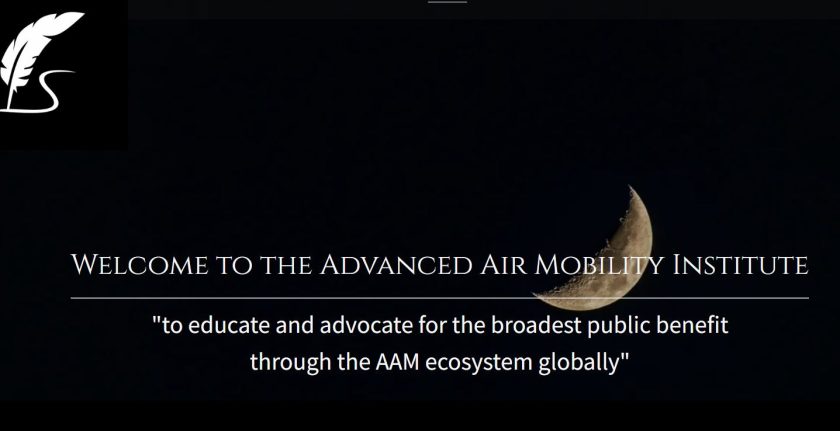One of the key recommendations is to focus more on near term challenges.
“The Advanced Air Mobility Institute has observed that AAM stakeholder strategies have often been based on decade-away plans and not focused enough on pending AAM operations in the near-term,” says the Institute. “A comprehensive AAM strategy should address, in detail, how AAM operations will be integrated in the near-term into the airspace, ground-space, and communities, while planning for broader applications and scaling in the longer term. This must include addressing the reality of early AAM operations and use cases, benefitting the few, but a clear roadmap for how the investments made in this technology by the various sectors will benefit larger communities, address environmental concerns, and be a viable mode of transportation.
“We would like to see the energy used for AAM (charging, infrastructure, and more) as part of our national security giving us ample of home-made energy independent of geopolitical influences. AAM will help drive improvements to other modes of transportation. There is a legitimate concern that this technology is exclusively for wealthy elite, but it is paramount to ensure broad accessibility.”
Another area of concern highlighted by the Institute is the provision of UTM services.
“There is not a current plan that will mandate who owns the responsibility for separation in UTM, AAM airspace, the Federal Aviation Administration (FAA) has not yet determined how they will provide services. The FAA needs to determine whether they will cede airspace to those that will provide a service in UTM airspace.
“For a UTM, PSU, or USS provider to provide service, they need to know that the agency is going to implement rulemaking that makes all users in that airspace participants by at least having ADSB out so that if they are not participating in the UTM architecture they will at least be able to be seen by USS and PSU’s who will be providing the strategic and tactical separation as part of their service provided.
“The FAA must determine if communication, navaids, and surveillance will be part of an industry-owned or federally-owned and managed system. This determination will become a matter of who owns liability if an off-nominal situation results in a catastrophic event. When legacy aircraft eventually traverse AAM operational airspace, such a determination will be a key factor in which authority controls.”
In terms of focusing on near term AAM operations, the Institute recommends the following missions should be prioritised:
- Emergency Response: search and rescue operations, community monitoring, fire suppression, disaster relief, and overall increased situational awareness for first responders.
- Rapid Transportation: medical transportation aka ‘air ambulance’ to recover people in remote or hard-to-reach areas, such as mountainous regions or areas affected by natural disasters. Organs for transplantation, or even bringing medical teams to inaccessible or congested areas. AAM can transport personnel and equipment to remote areas or transport critically ill patients to hospitals quickly.
- Critical Infrastructure: mapping, environmental monitoring, infrastructure inspections like rail and powerline inspections and other aerial survey applications. AAM may find applications expanding current options in industries such as surveillance and monitoring of remote areas or large-scale facilities, including oil rigs, power plants, and pipelines.
- Cargo Delivery: AAM can be used for rapid delivery of goods, especially high-value, time-sensitive items like medical supplies. This use case is already being tested in several places and might be one of the first to see wider adoption.
For more information
https://aaminstitute.org/




